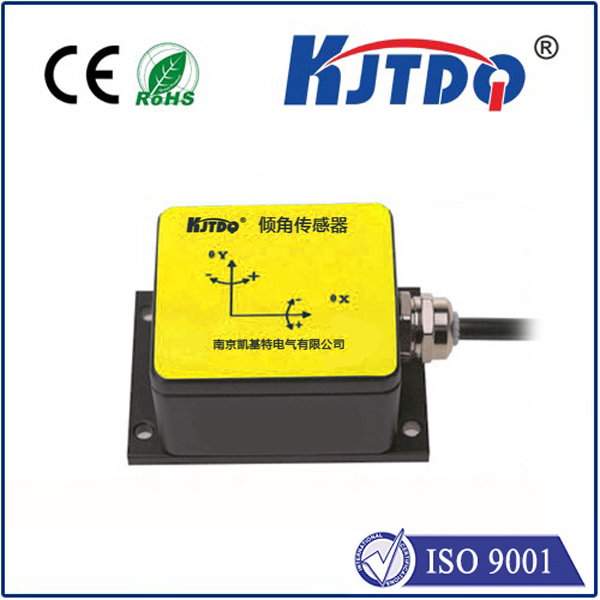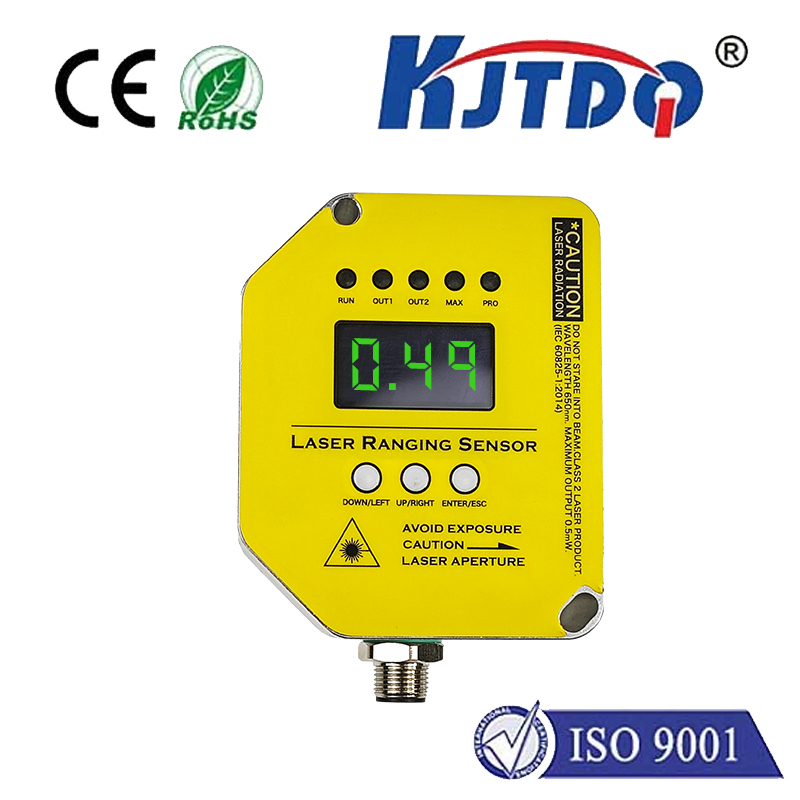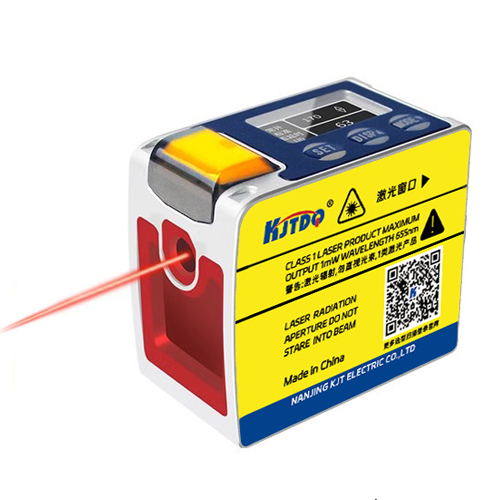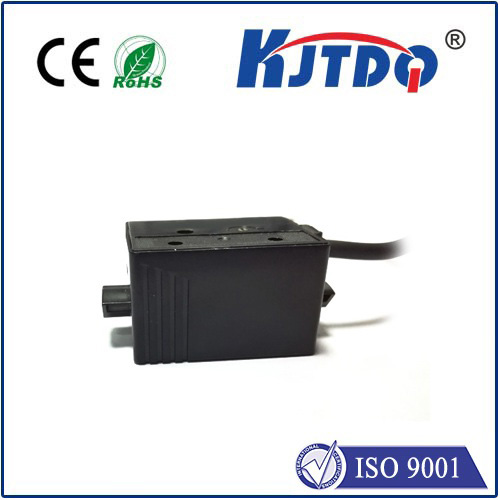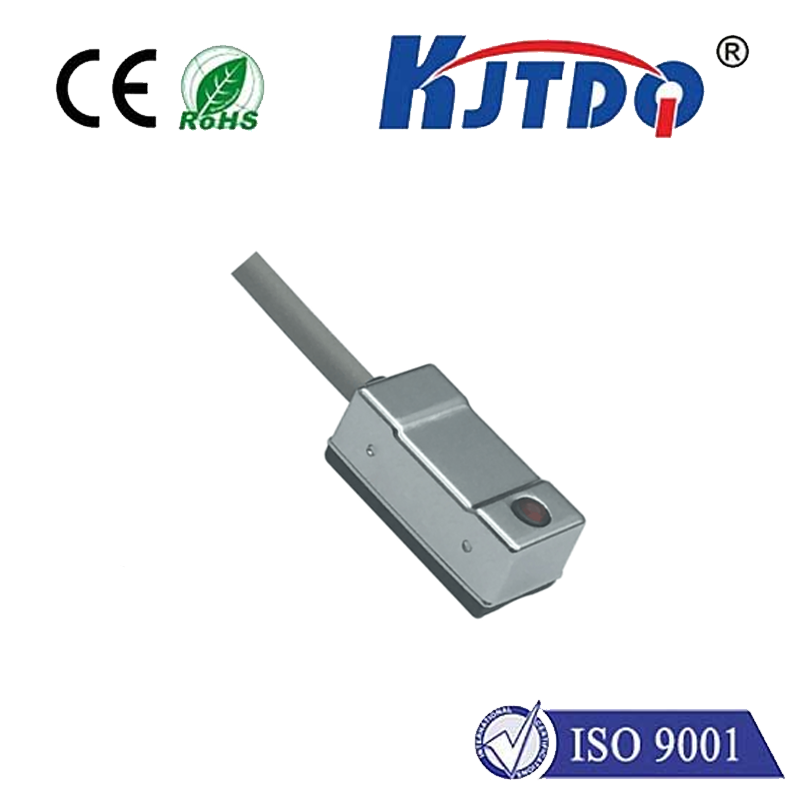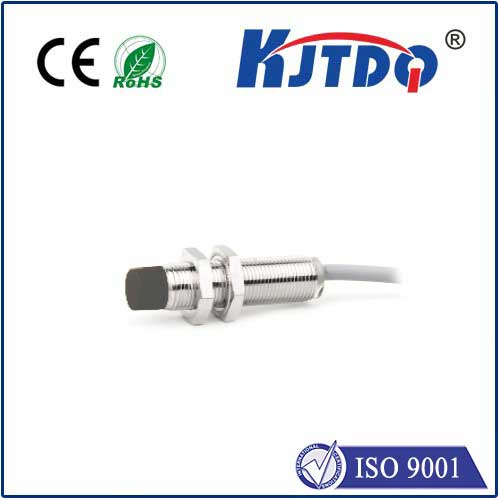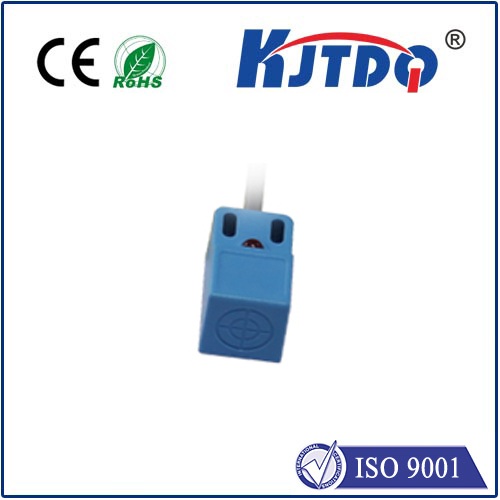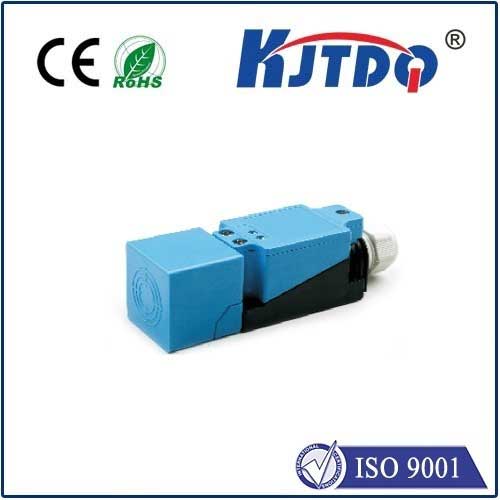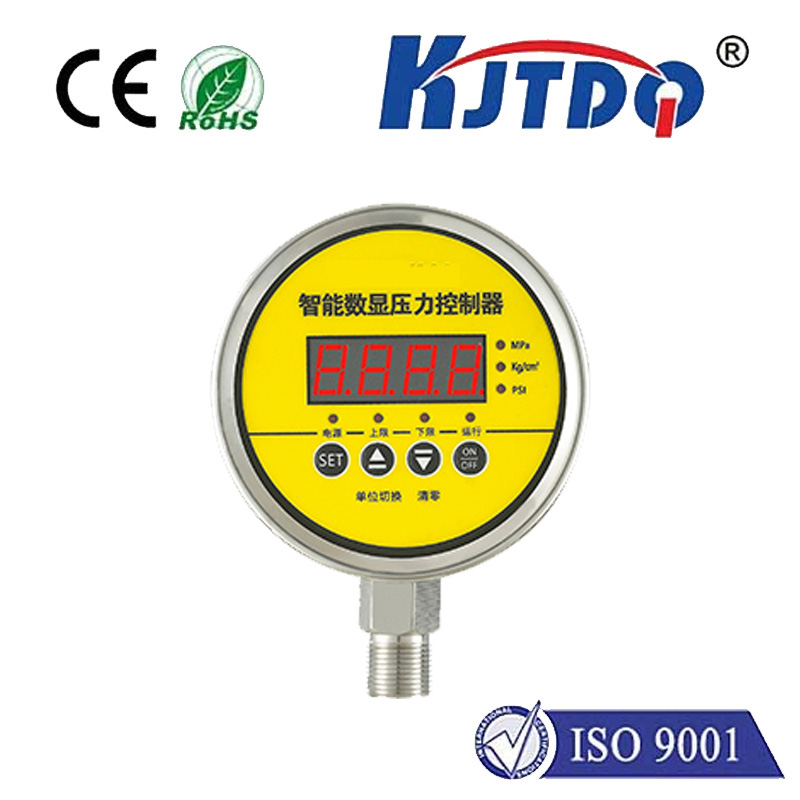inductive proximity sensor switch
- time:2025-06-18 01:12:38
- Click:0
The Unseen Guardian: How Inductive Proximity Sensors Revolutionize Automation
In the relentless hum of modern manufacturing, countless critical operations happen unseen. Components whiz by, positions are verified, and safety is maintained – all within fractions of a second. At the heart of this unseen orchestration often lies a remarkably simple yet profoundly effective component: the Inductive Proximity Sensor Switch. This unassuming device is the silent sentinel, reliably detecting the presence or absence of metal objects without physical contact, forming an indispensable backbone of industrial automation.
Demystifying the Principle: Magnetic Fields at Work
Understanding the core principle is key. Unlike sensors relying on light or physical touch, an inductive proximity sensor operates through the magic of electromagnetism. Its functional heart is an oscillator coil generating a high-frequency electromagnetic field emanating from the sensor’s active face. When a metallic object (the “target”) enters this detection field, it disrupts the electromagnetic flux.
Here’s the crucial step: this disruption induces tiny eddy currents within the target metal itself. These currents generate their own opposing magnetic field. This interaction causes a measurable change – typically a reduction in amplitude – within the sensor’s original oscillating circuit. Sophisticated internal electronics continuously monitor this amplitude. When the change crosses a predetermined threshold, it triggers the sensor’s solid-state switch. This switch instantly changes state (e.g., from “off” to “on,” or vice-versa), sending a clear electrical signal to the connected control system like a PLC or counter. The target object doesn’t need to touch the sensor; it just needs to enter its nominal sensing range (Sn).

Why Choose an Inductive Proximity Switch? Key Advantages Revealed
The surge in popularity of these sensors across countless industries isn’t accidental. They offer a compelling set of inherent benefits that make them uniquely suited for demanding environments:
- Non-Contact Operation: This is the fundamental advantage. No physical wear occurs on either the sensor or the target during detection. This translates to significantly longer service life, reduced maintenance costs, and the ability to detect delicate or fast-moving objects.
- Exceptional Reliability & Robustness: Encased typically in robust stainless steel or rugged engineering plastics (like PBT), these sensors shrug off dust, dirt, oil, coolants, and vibrations that would cripple other sensing technologies. Their sealed construction ensures dependable operation even in harsh factory settings.
- High Switching Frequency & Speed: Modern inductive sensors boast incredibly fast response times, often measured in microseconds. They can reliably detect objects moving at high speeds, making them perfect for high-throughput production lines and position verification.
- Resilience: Unlike optical sensors, they are virtually immune to ambient light interference, smoke, or steam. Their operation relies solely on the magnetic field interaction with metal, making them exceptionally stable.
- Versatility: Available in diverse form factors (barrel-shaped M12/M18/M30, rectangular, block-style), sensing ranges (from fractions of a millimeter to several centimeters), and output configurations (NPN/PNP transistors, NO/NC contacts, analog outputs), they can be tailored to fit almost any application.
- Simple Installation & Operation: Their typically 3- or 4-wire DC connection is straightforward, often requiring only power (10-30V DC) and connecting the output signal wire. The lack of moving parts simplifies setup and minimizes points of failure.
Where the Invisible Detection Shines: Core Industrial Applications
The versatility and robustness of inductive proximity sensors make them ubiquitous. Here’s where they consistently deliver:
- Position & End-Point Detection: Confirming if a cylinder is fully retracted or extended, verifying a part has reached the end of a conveyor, or checking if a machine door is securely closed. Critical for workflow control and safety.
- Object Counting: Tirelessly tallying metal parts as they pass a detection point on a conveyor belt or chute (e.g., bottles with metal caps, machined components).
- Speed Monitoring & Rotation Control: Detecting gear teeth, turbine blades, or encoder wheels to monitor rotational speed or position.
- Level Sensing: Detecting the presence of metal containers or contents within chutes, bins, or hoppers.
- Machine Safety: Acting as safety interlock sensors to ensure guards are in place before dangerous machinery operates.
- Material Handling: Controlling sorting gates, verifying pallet presence, or confirming part pickup/drop-off in robotic systems.
- Automotive Manufacturing: Numerous applications in engine assembly, chassis build, paint lines, and final inspection where reliable metal detection under tough conditions is paramount.
Selecting the Right Sensor: Key Factors to Consider
Choosing the optimal inductive proximity sensor switch requires careful consideration of several parameters:
- Sensing Distance (Sn): The stated nominal range under ideal conditions (usually mild steel). Remember: different target materials (stainless steel, aluminum, brass, copper) have different “correction factors” – aluminum, for instance, typically reduces Sn significantly. Always consult datasheets for specific material factors.
- Target Material: As mentioned, material type drastically impacts effective sensing distance.
- Target Size & Shape: A minimum target size relative to the sensor’s face is often required for reliable detection. Small targets might require a sensor with a shorter Sn or specialized design.
- Operating Environment: Consider temperature extremes, chemical exposure (IP rating matters!), presence of welding fields (which can interfere), and potential mechanical stresses. Look for appropriate IP67, IP68, or IP69K ratings for dust and water resistance.
- Electrical Requirements: Specifying the correct supply voltage (e.g., 10-30V DC) and output configuration (NPN sinking/PNP sourcing, Normally Open/Normally Closed) compatible with your control system is essential.
- Output Type: Standard digital on/off switching output? Or perhaps an analog output (current or voltage) proportional to the distance to the target?
- Mounting Constraints: Barrel sensors require a drilled hole, rectangular sensors might need brackets. Ensure there’s adequate clearance and the sensor can be positioned correctly relative to the target path.
- Flush vs. Non-Flush Mounting: Flush-mountable sensors can be embedded in metal brackets without affecting range. Non-flush sensors offer longer Sn but require a clear metallic-free zone around the sensing face.
The Unbeatable Choice for Metal Detection
In the intricate dance of automation, where precision, speed, and unfailing reliability are non-negotiable, the inductive proximity sensor switch stands as an engineering triumph. Its elegant electromagnetic principle, coupled with robust construction and non-contact operation, delivers unparalleled performance in detecting metal objects. From counting tiny components on blistering fast packaging lines to ensuring the safety of massive industrial presses, these sensors are the unseen guardians enabling the smooth, efficient, and safe operation of countless processes. Understanding their working principle, key advantages, and selection criteria empowers engineers and technicians to leverage this fundamental technology, making it an enduring cornerstone of modern industrial control.












